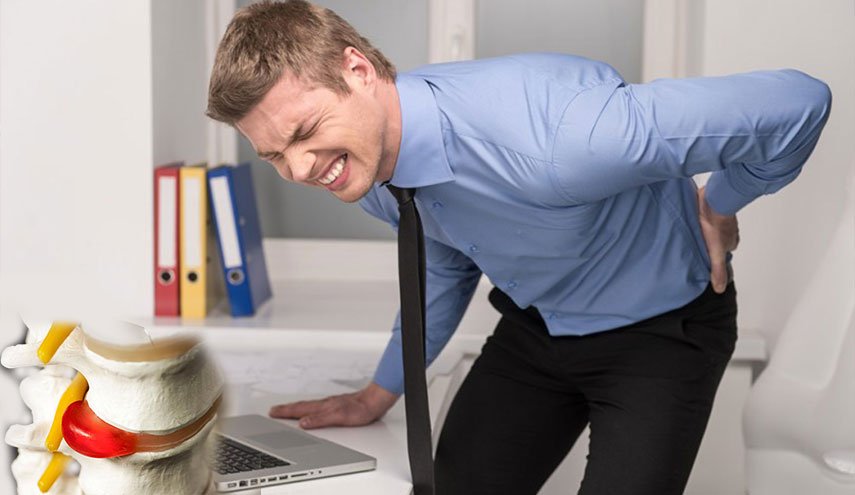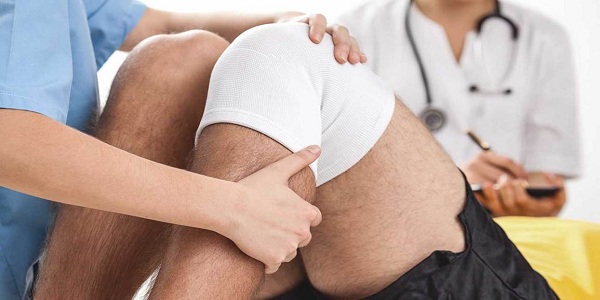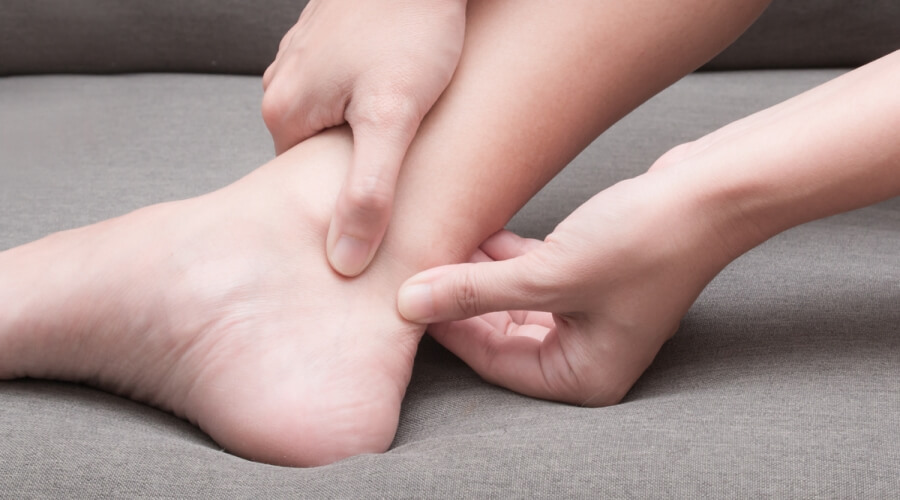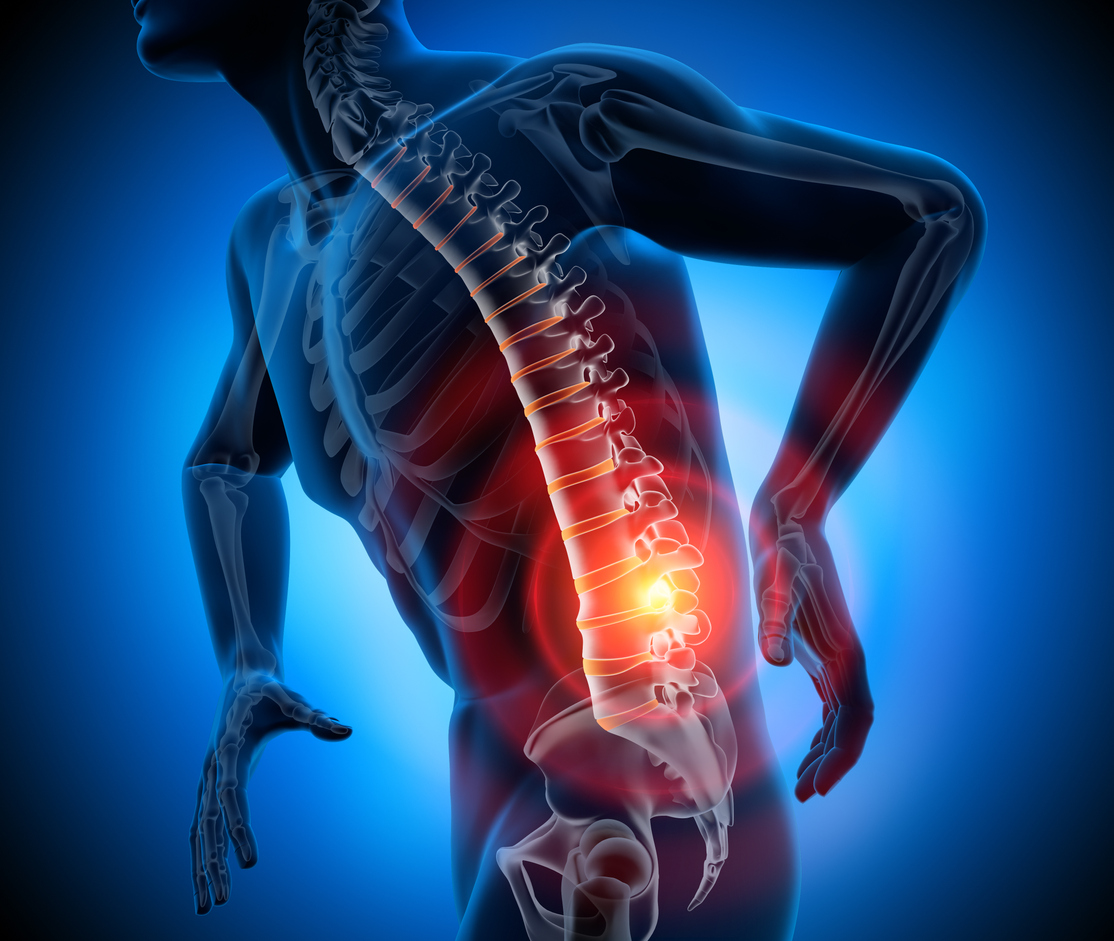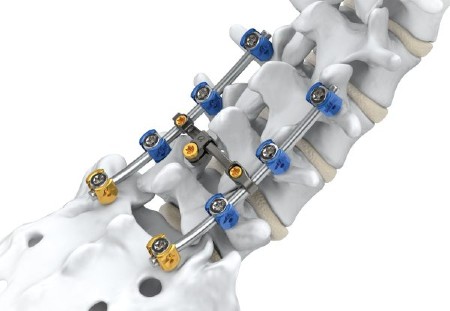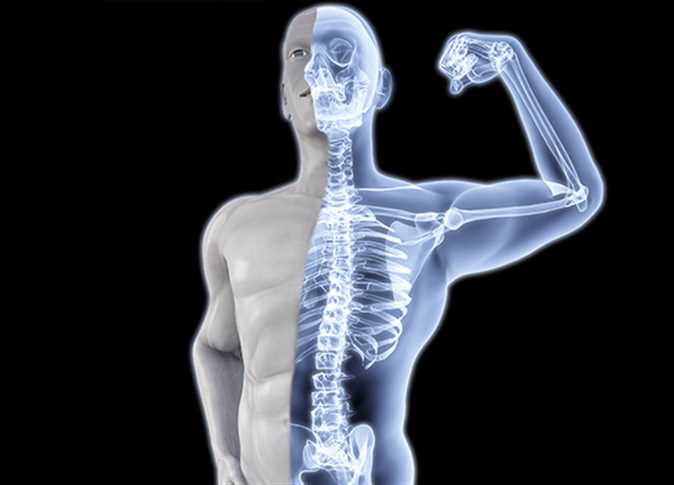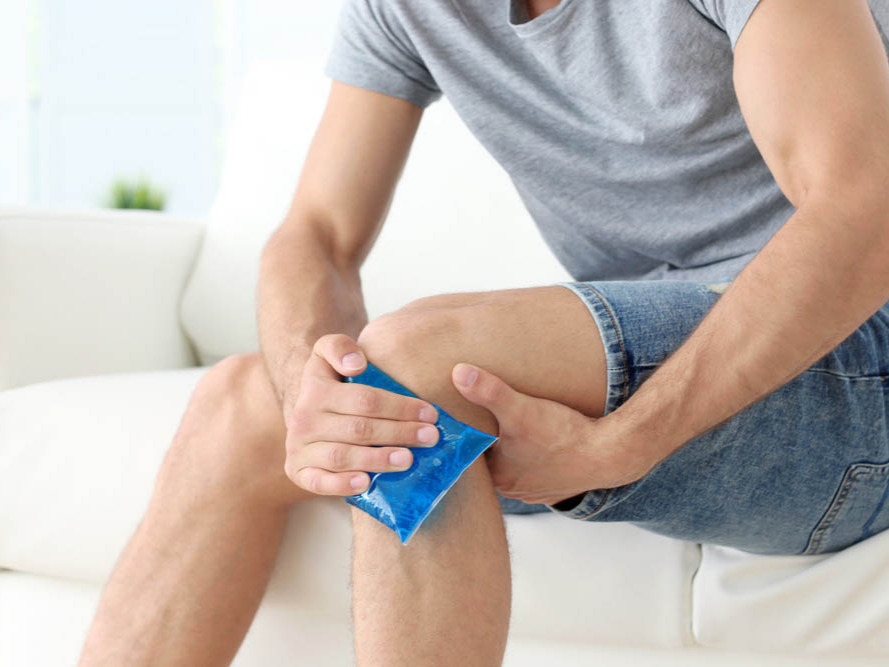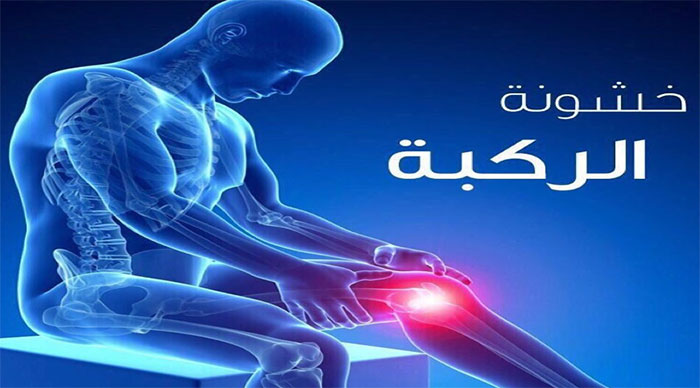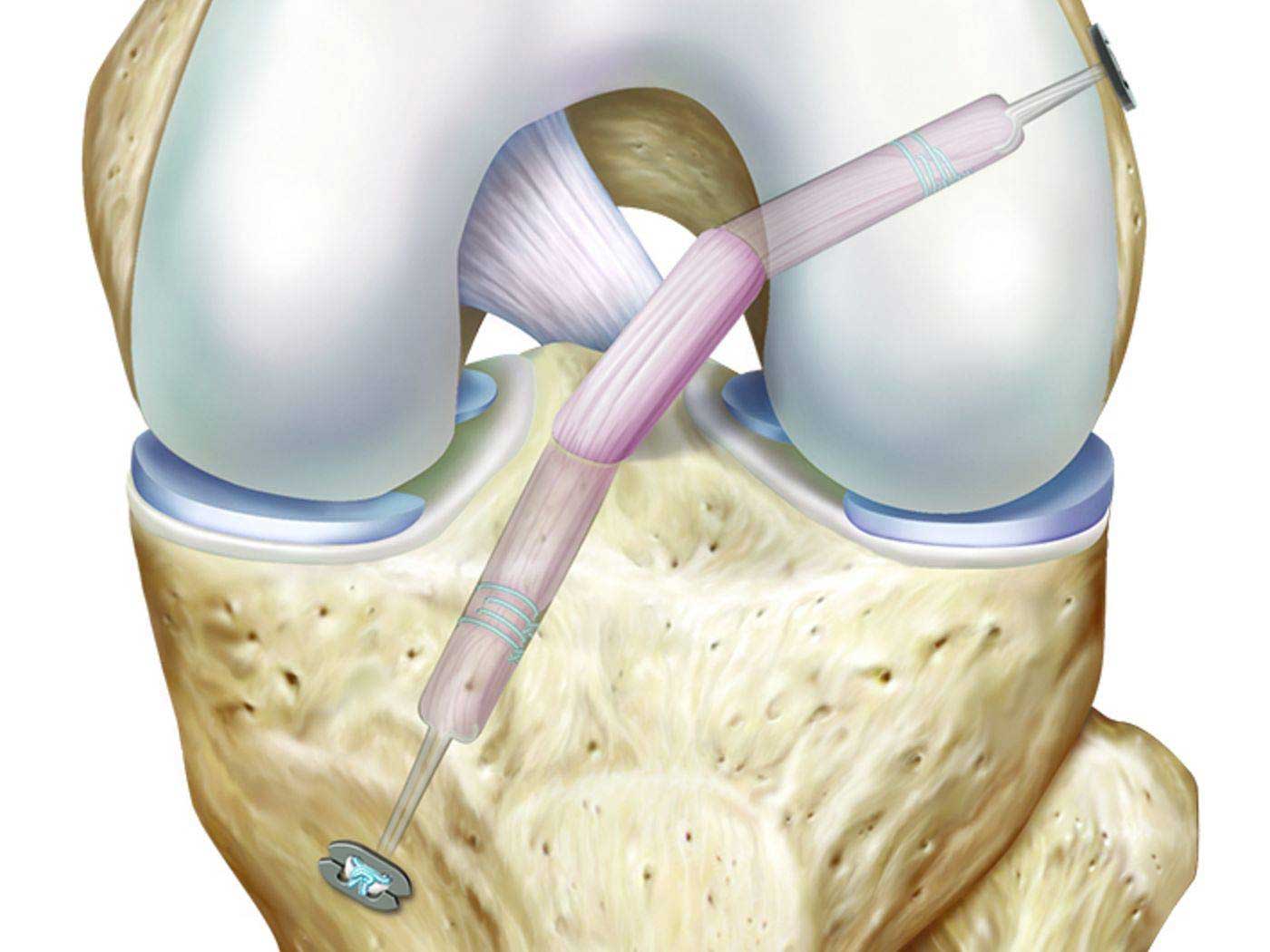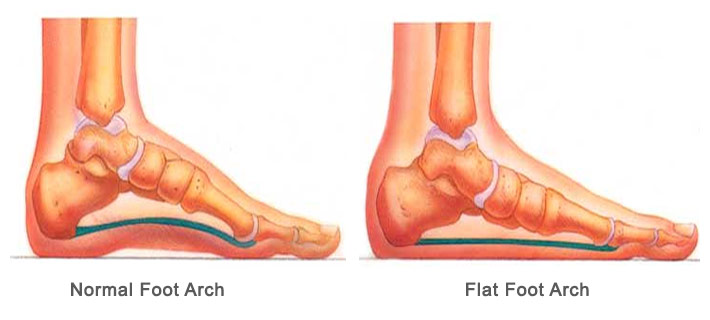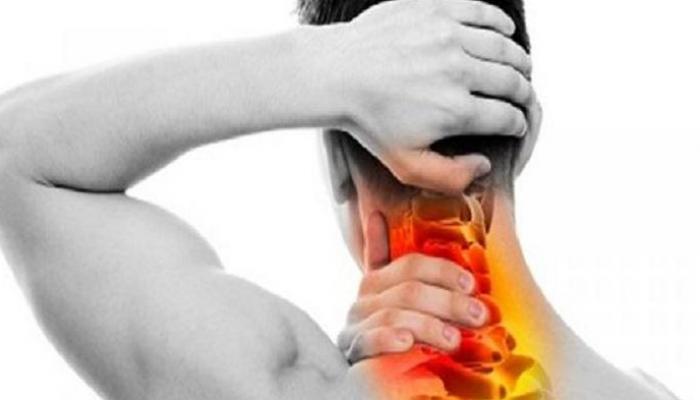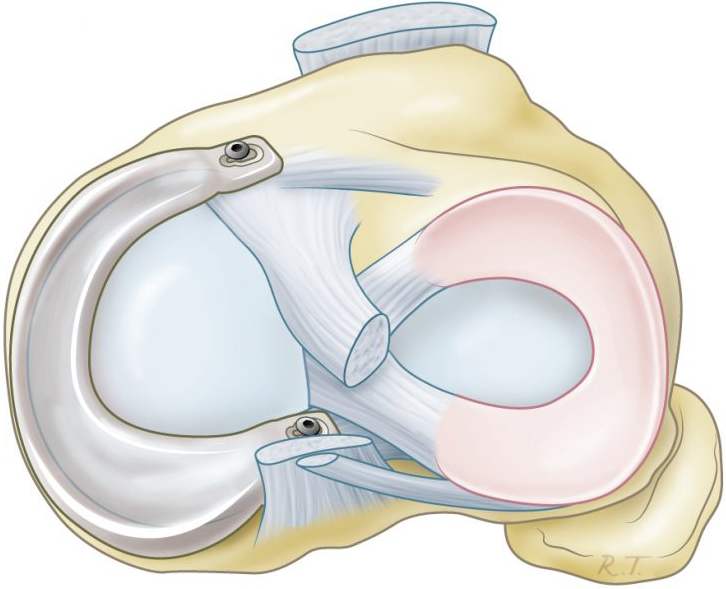Back pain and inability to stand
Low back pain is common among many individuals and each region has many causes of its own. In the following article, we will talk about pain in the lower back, what are its causes, and how to treat it, so let us read the following.
Low back pain and inability to stand
Low back pain that many individuals suffer from and may affect their ability to stand has many causes, such as:
Back sprain or strain
The back gets strained when the ligaments and muscles in the back are exposed as a result of their continuous stress, and a back sprain is a sign of exposure to a painful injury that develops if the ligament is stretched in a way outside the normal range of its function and this causes severe pain that affects the individual in the lower back area, and the symptoms that appear on the individual when the back is sprained and strained:
- The feeling of sharp pain in the lower back may be concentrated on one side.
- Difficulty bending over or standing up straight.
- Occasional contractions during movement or during sleep.
- Cramps can cause very stiff and painful nodules in the back.
Slipped disc
An individual may suffer from a disc rupture anywhere along the spine, and most often the pain occurs in the lower region of the spine, and this condition is associated with chronic lower back pain and sciatica, and this is associated with the following:
- The pain that may afflict an individual as a result of a herniated disc or a rupture in it extends from the back to the hips, buttocks, and thighs, especially when sitting.
- The pain from a herniated disc is more severe during exercise and may subside during rest periods.
- Having severe difficulty standing up straight.
- Some mild things such as sneezing and coughing increase the severity of the pain that the individual suffers from, and the symptoms that the individual suffers from, as they cause excessive pressure on the nerves.
- Difficulty standing or moving upright and this may cause tingling and numbness.
- The muscles of the affected area of the back are weakened.
Sciatica
Sciatica is not only a result of nerve pressure and is associated with muscle spasms, and this prevents the individual from standing straight and causes the back to remain in a bent position until the spasms subside, and sciatica may be a result of suffering from health problems such as irritation of the sciatic nerve, and the reasons that may lead to sciatica vary, but one of the following signs may appear:
- Suffering from muscle weakness in the back and legs.
- Sharp pain radiating to the lower back, hips, buttocks, or legs.
- Pain varies in intensity from time to time.
- Having pain that gets worse when standing or sitting for long periods.
- Long-term sciatica causes great difficulty walking or standing.
Pain in the lower back and legs
When an individual suffers from pain in the lower back and legs, this causes many problems that may affect the individual’s ability to carry out his activities normally, and for this reason, here are some tips that you can follow if he suffers from this problem:
- Do warm and cold compresses alternately between each of them on the pain area to alleviate the symptoms that the individual suffers from, and these compresses are done more than once a day for 20 minutes at a time.
- Use of some over-the-counter pain relievers such as ibuprofen and naproxen.
- Make sure to follow appropriate positions while sitting or standing, and exercise regularly.
- When doing a job that requires sitting for long periods, take a break every now and then.
- Doing stretching and stretching exercises.
- Adhere to the physical therapy prescribed by the doctor to improve his ability to perform some functions and relieve pain in the back and leg.
Herbal back pain treatment
Therapeutic methods through herbs have many benefits and they have been circulated since ancient times because of their ability to alleviate bone problems and pain and many other diseases, and herbs focus on alleviating symptoms and not getting rid of the disease completely, and examples of herbs that are used in that :
- Cayenne pepper: Many ointments are made from the extract of cayenne pepper, as it is one of the oldest herbs that are used in treatment effectively because of its good properties that greatly improve the condition of the individual, but an allergy test must be performed at the beginning on a small area of the skin to ensure that it is not allergic to it and avoid applying it to scratches and wounds while washing hands well to prevent irritation of the eyes, mouth, and nose.
- Devil’s Claw: This herb contains many anti-inflammatory properties and which makes it effective in relieving pain, and the medicines that are made from this herb are equal in effect to the effect of non-steroidal anti-inflammatory drugs, but a doctor should be consulted before taking it because it increases the risk of heart attacks and strokes in some people.
- Willow Bark: Willow herb contains many pain-relieving properties that reduce fever because it contains salicin, which is close in effect to aspirin, in addition to many other drugs such as ibuprofen and naproxen.
- Turmeric: It is considered one of the herbs that contain antioxidant and anti-inflammatory properties, and this makes it good for relieving back pain, and half a spoonful of turmeric is added to a cup of warm milk and drunk before bed, and some honey can be added to it.
- Ginger and green tea: Each of them contains many anti-inflammatory properties that work to relieve pain, and ginger tea and green tea can be drunk daily to get the best results.
Treating back vertebrae pressure on the nerve
The pressure of the vertebrae in the back on the nerve causes the individual a lot of pain, and for this reason, he immediately searches for methods that he can follow to reduce the intensity of this pain, and many methods are followed in this, including the method of physical therapy, which is represented in the following:
- Do some exercises that help improve the pain felt by the individual in the spinal canal and treat the pressure of the back vertebrae on the nerve.
- Using the method of manual therapy on the muscles, bones, and joints inside the spine to treat pressure on the back vertebrae on the nerve.
- Doing joint flexibility exercises.
- Do stretching exercises.
- Back and spine strengthening exercises.
- Practicing exercises that gradually move the joints to many positions.
- Stretching the muscles in many different directions.
Exercises for lower back pain
The patient can resort to doing some exercises that help relieve lower back pain, such as:
- Seat forward bend exercise: This exercise is done by sitting on the ground and extending the legs while tying a piece of cloth around the heel, especially in the lower area, and it is used to pull the whole body forward.
- The knee-to-chest stretch: This is a stretching exercise that greatly helps relieve tension and tension that causes lower back pain, and it is done by lying on the back and doing a pull, and then fixing one or both knees on the chest.
Lower back pain with left leg
The pain that the individual feels in the lower back, which extends to the left leg, may be a result of suffering from sciatica in that foot, and it is accompanied by many other symptoms such as:
- Pain in the back and leg.
- hip pain
- A tingling or burning sensation in the leg.
- Weakness, numbness, and great difficulty in moving the leg.
Lower back pain with right leg
Lower back pain felt by the individual, which extends to the right leg, maybe a sign of a herniated disc or herniated disc. In this case, the doctor advises the patient to take plenty of rest and completely avoid pressure on any of the back or leg, in addition to avoiding sitting for periods. long time and be careful when doing any sport.
Causes of lower back pain
There are many causes of lower back pain, such as:
- Exposure to stress and sprains.
- Diseases that cause chronic pain.
- Herniated disc.
- Flat joint damage.
- Compression fracture.
- Spinal stenosis.
- Sliding vertebrae.
- Scoliosis.


